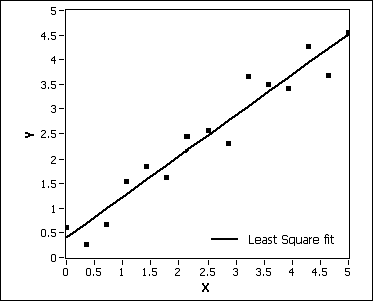When surfing the web and catching up on technology news, it is incredibly easy to become accustomed to the rapid pace that new products are announced, new features are offered, and new capabilities are demonstrated. Many of us have come to expect new gadgetry to be offered up every few days for our critiquing amusement, and the internet fills itself with commentary and fanaticism, both positive and negative, with each new wave of announcements. With in a month or so, the attention span of the internet will have drifted onto the next new offerings to be placed before the alter of judgement. This has become the expected norm.
But, I wanted to encourage everyone to take a moment to pause, and look back at the last 3 weeks..... actually, just 16 days. In less time than it takes for refrigerated milk to spoil, Apple, Microsoft, and Google each announced a remarkable new piece of technology: (in chronological order)
June 11th: Apple MacBook Retina Display
June 18th: Microsoft Surface with Touch Cover
Perhaps it's because I happen to be lucky enough to know some of the people involved with all three of these projects, it absolutely humbles me to see the culmination of all of their work presented to the public at nearly the same time. These are the results of amazing colleagues, both past and present.
I think it is very hard for outside observers to really understand exactly how dramatic these product announcements can be for the people involved in creating them. Imagine spending 2 or more years of your life working away in complete silence on a project, never quite sure what the world is going think of it, what people are going to say about it, what people are going to do to you in the press... and then suddenly bring it on stage to unveil to an audience of literally millions hoping the demos go okay as you scramble to put on the last minute touches. The people that invest their lives into these creations inevitably develop an emotional attachment to the product itself. And as cheesy as it might sound, it really is a bit like releasing a child out in to the world and all you can do is pray that world treats them okay.
It is intensely nerve racking and even surreal to see something that you have helped shape suddenly appear all over international news, see people talking about you in different languages in countries that you've never even thought about visiting, or to turn on the TV and see people talking about your work in a way that is completely out of your control. Even though I was just a backstage spectator this time, I still got a bit of a rush witnessing it happen.
It's important for people reading news about these projects to realize that these products are not created by massive armies of engineers. In some cases, it can just be a few dozen folks. Imagine gathering 2-3 classrooms worth of your colleagues, and setting out to create a product like one of these in 2 years. That's is no small task. Think back to what you have done in the past 2 years. Not that many people can say that they accomplished more.
So before returning to the daily habit of consuming and critiquing tomorrow's offerings of gadgets, put aside any opinions you may or may not have about the companies involved and any predictions about the success of these products.... and take a moment. Take a moment to realize that in the span of just 16 days, you were able to watch as the hard work of 200-300 people was revealed to the world in the form of 3 remarkable feats of engineering and design, pulling the world ever so slightly further into the future.
Congratulations to all the people involved. Amazing work. Time to build more stuff.













